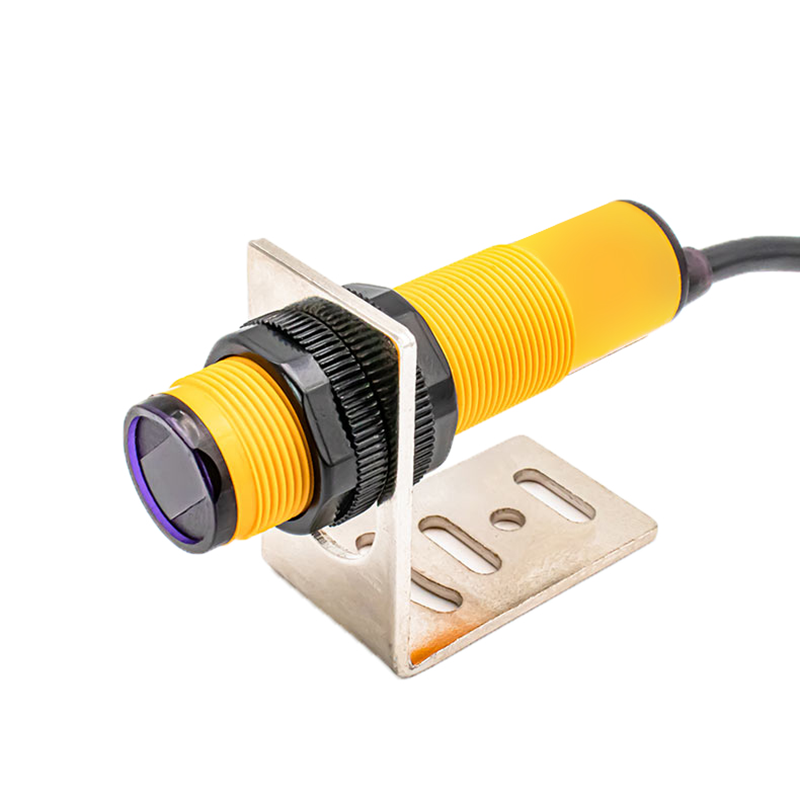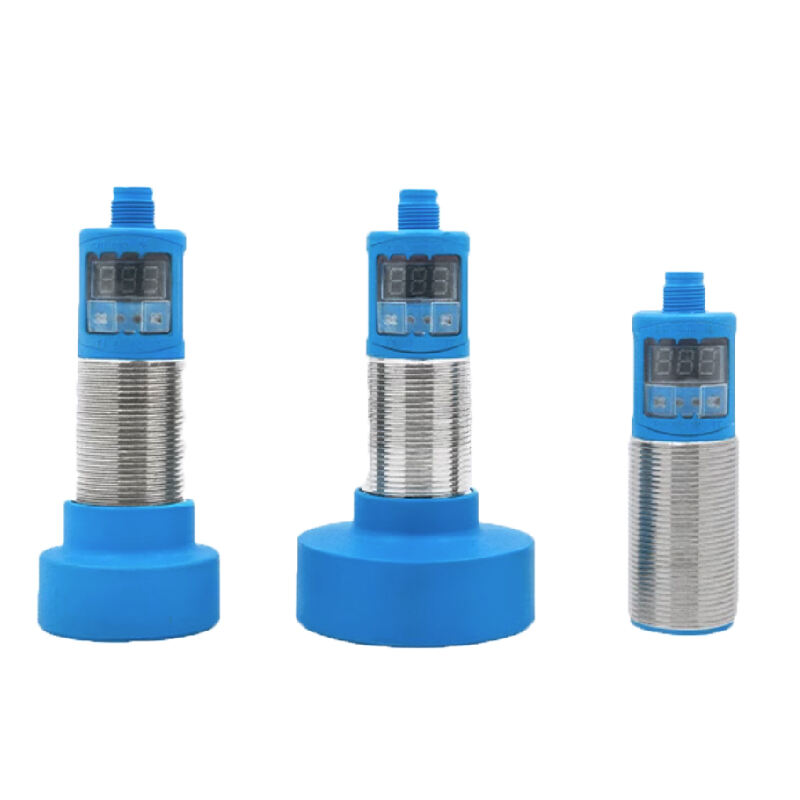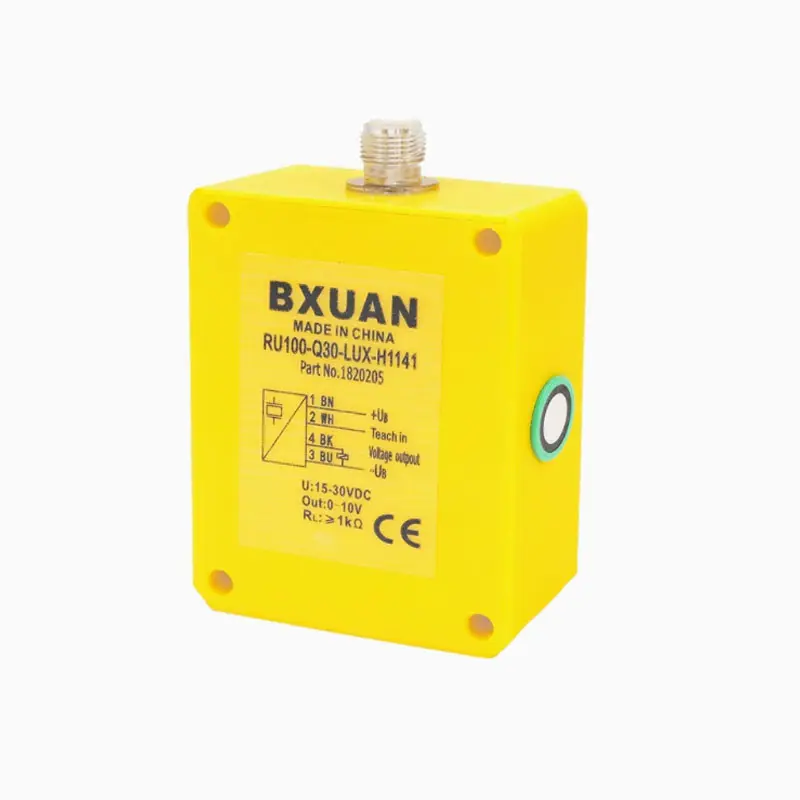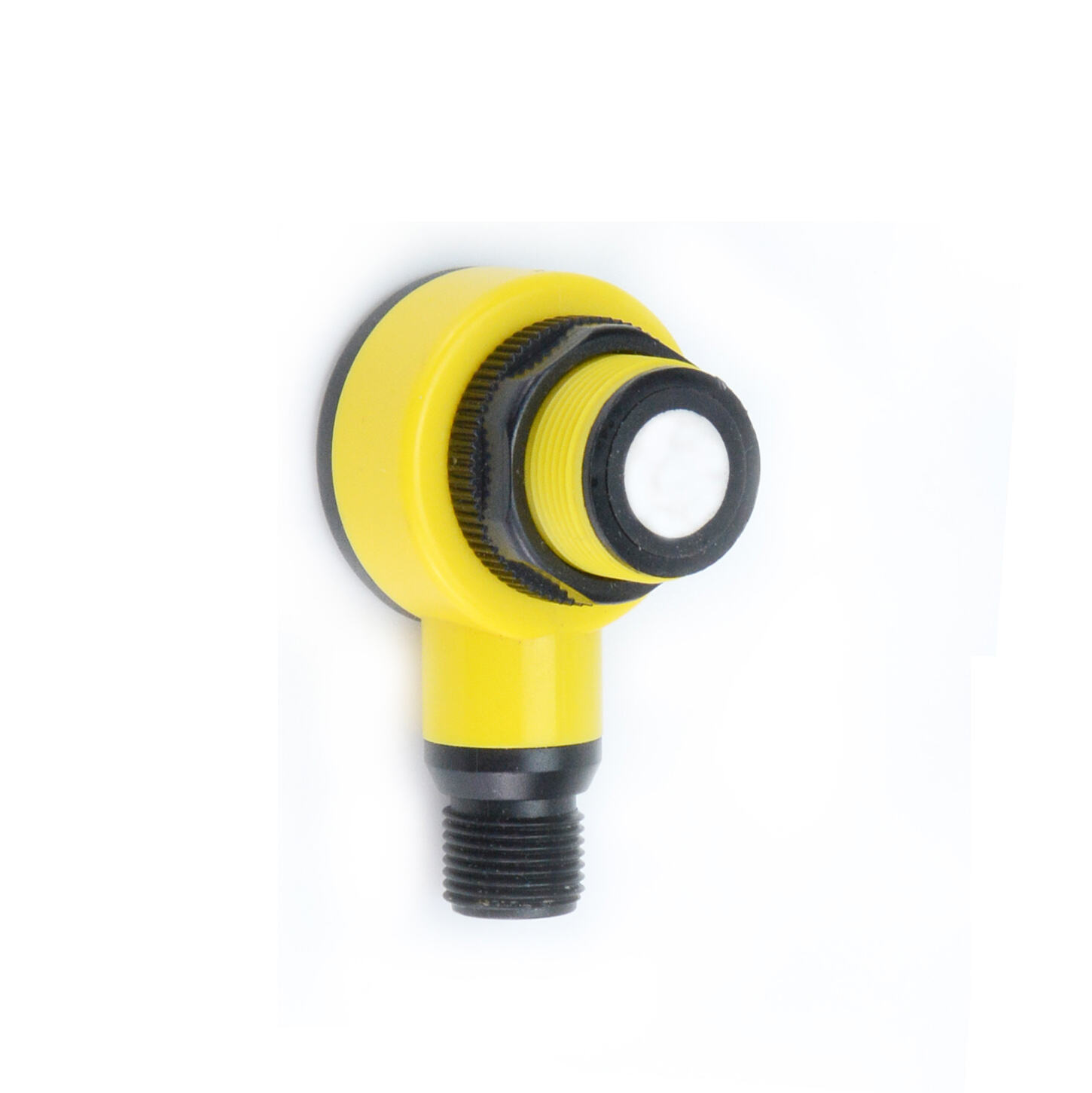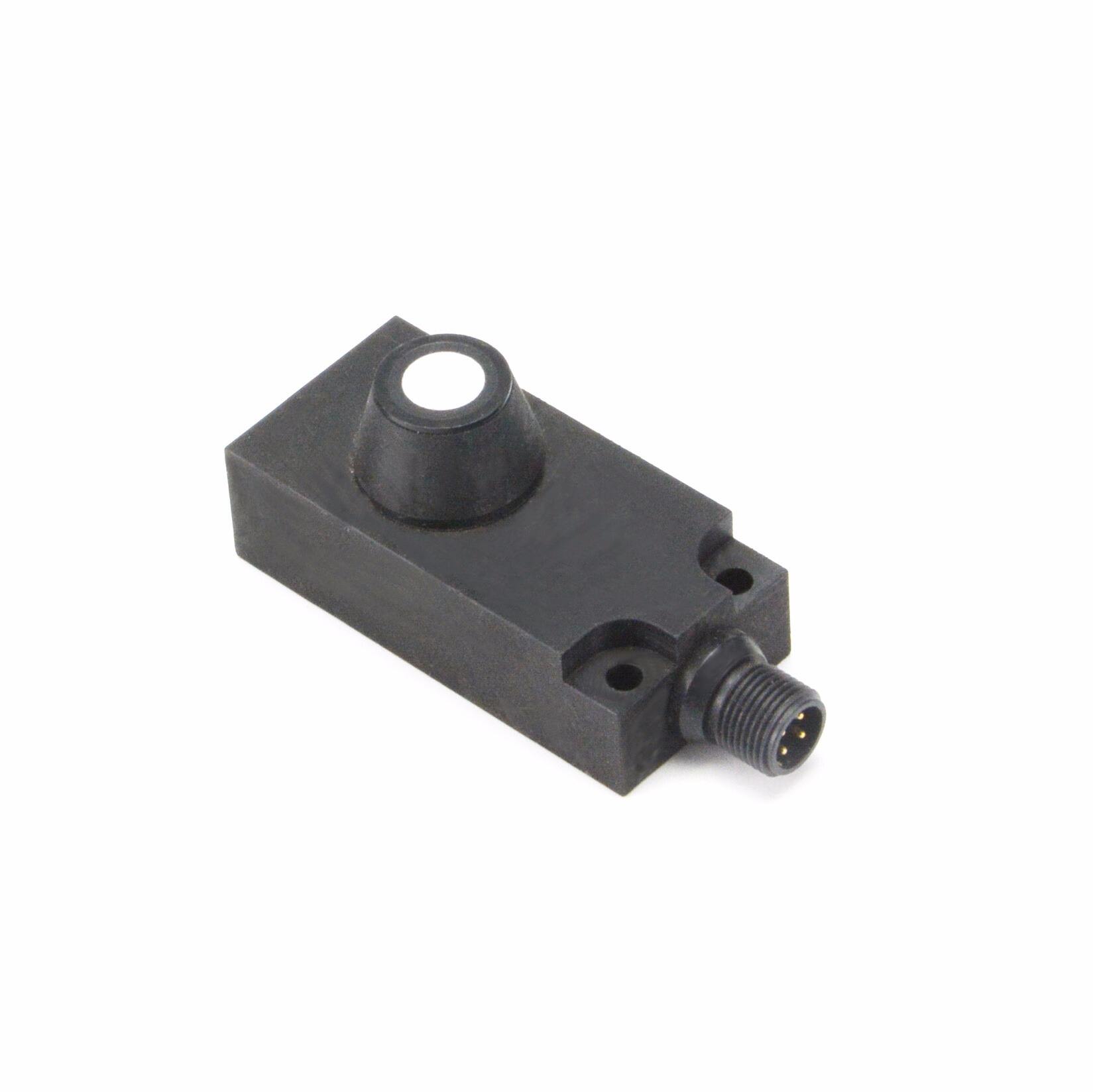foto sensor
Fotosenzor, shuningdek, fotoelektrik sensor yoki fotorele sifatida ham tanilgan bo'lib, yorug'lik intensivligini aniqlash va o'lchash hamda uni elektr signallariga aylantirish uchun mo'ljallangan murakkab elektron komponentdir. Ushbu universal qurilmalar nurlanishli, qaytarilgan va tarqoq aks-efektlarni o'z ichiga olgan turli his qilish rejimlari orqali ishlaydi va ularni turli sanoat hamda tijorat sohalarida qo'llash imkonini beradi. Asosiy ishlash prinsipi yorug'lik nurlarini chiqarish hamda qabul qilish yoki atrof-muhitdagi yorug'lik o'zgarishlarini aniqlashga asoslanadi, bu esa aniq ob'ektlarni aniqlash, sanash, joylashtirish va xavfsizlikni nazorat qilish imkonini beradi. Zamonaviy fotosenzorlarga sozlanadigan sezgirlik, raqamli displey hamda ko'plab chiqish variantlari kabi ilg'or funksiyalar kiritilgan bo'lib, qiyin muhit sharoitida aniqroq va ishonchliroq ishlash imkonini beradi. Ular aloqasiz aniqlash talab etiladigan sohalarda a'lo bajariladi, tezkor reaktsiya va turli yorug'lik sharoitlarida barqaror ishlashni ta'minlaydi. Bu texnologiyaga analog hamda raqamli turlar kiradi, ayrim modellar yaxshiroq signal qayta ishlash uchun o'z ichiga kuchaytiruvchi sxemalar hamda shovqin kamaytirish imkoniyatlarini olgan. Bu senzorlar avtomatlashtirish tizimlari, sifat nazorati jarayonlari hamda xavfsizlik dasturlarida muhim rol o'ynaydi va turli sohalarda operatsion samaradorlik hamda xavfsizlik protokollari rivojiga katta hissa qo'shadi.

